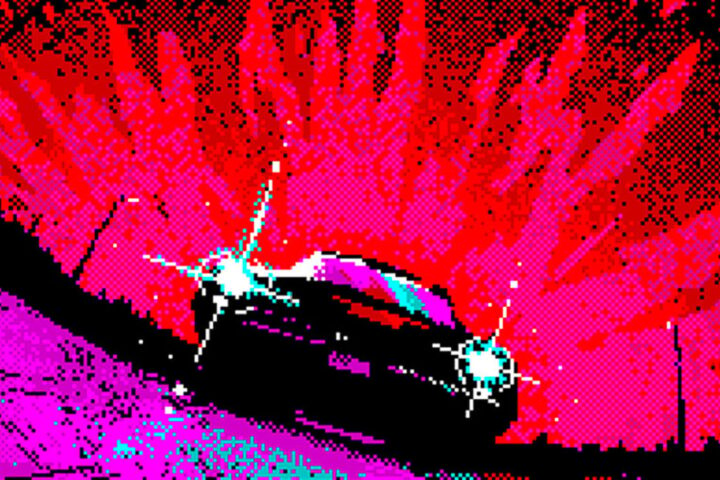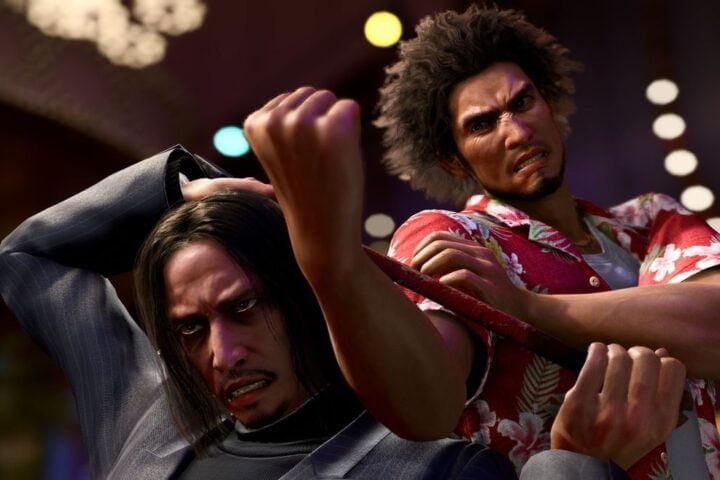Mount Qaf is more than the latest historical Middle Eastern city to be gloriously reimagined in a Prince of Persia game. As rendered in Prince of Persia: The Lost Crown, it’s the place in which princes gain recognition as royalty, as well as a now-cursed region that has become unstuck in time. Those who enter—like protagonist Sargon, an elite warrior in search of a kidnapped prince—are trapped in a labyrinth of their past, present, and future. As a result, Mount Qaf is also an apt description of The Lost Crown’s place in the franchise: With nods to the game’s platforming and combat roots, it offers joyful variations (and, in some cases, improvements) on recent Metroidvanias, all while looking to a healthy, innovative future that recognizes this game’s royal credentials in just about every category.
The Lost Crown begins confidently with a taut, linear tutorial that quickly showcases Sargon’s squad of six so-called Immortals, as well as the smooth wall-jumping, deft air-dodging, fast-paced double-bladed combat, and flashy magical attacks that lay the foundation for every upgraded ability to come. Though the plot soon after becomes twistedly tangled in time, as Sargon stumbles upon the long-desiccated corpses of soldiers who traveled to Mount Qaf only days ahead of him, the gameplay never slows down from that opening.
The Lost Crown impressively builds steam for more than 10 hours—half the game’s length—before introducing a double-jump, a basic staple of its chosen genre. In a few cases, the game even takes its time in literal ways, exploring creative flourishes on traversal, such as a chakram that can bounce off walls (or fly through barred gates) to activate out-of-reach machinery, a shadow clone that allows Sargon to rewind to an earlier location, or the ability to dimensionally pocket items (such as explosives) for use elsewhere. And these aren’t one-off experiences, because while there are regions with unique environmental obstacles, like the crumbling sand platforms of the Pit of Eternal Souls or insta-grow flowers found within the Hyrcanian Forest, you’ll increasingly have to chain together every move in your arsenal to chart a path.
The way in which you travel throughout The Lost Crown may be one of its best and most well-considered conventions, with clever photographic map-markers that make it easy to remember where you might want to re-explore after gaining, say, a grappling hook. The game’s design also encourages players to balance between combat and platforming. For one, those who stick to the main path will have an easier time traveling but in return will find combat much more challenging, as they’ll have fewer health, potion, and gear upgrades.
The Lost Crown convinces players to see both traversal and combat as two halves of a whole, with impressive, multi-phase bosses that throw many attacks at you to acrobatically dodge and precisely parry. The fluidity of combat informs the platforming and vice versa, all while gentle checkpointing allows players to remain engaged in mastering harder segments.
It helps, too, that Mount Qaf is a cleverly designed place to get lost in. The game is intentionally familiar, riffing on the series’s classic palace platforming (replete with flagpoles to spin from and spiked pits to leap across), all while setting up the time-turning plot. Other areas introduce clever new obstacles while also continuing to demonstrate and build upon the masterfully multi-layered narrative, which features a library turned prison haunted by a scholar driven mad by infinity and a pirate-packed harbor of makeshift fortifications and boobytraps that succinctly tells the tale of a people who would’ve sailed away long ago if only it were possible.
It’s fascinating to see all the ways in which time flows (or doesn’t) throughout the game’s varied regions, as in the frozen Raging Seas, a series of eternally fixed waves and ships locked in battle, some mid-explosion. These places not only serve narrative purposes, but also thematic ones, in that the astral clockwork calendars of the Upper City demonstrate the terrifying effects of broken time as much as the encounters that Sargon may have with alternate versions of himself, some of whom would stop at nothing—including “self”-harm—to break the city’s curse. Put simply, time isn’t merely an effect in The Lost Crown—it’s the consequential core of the game.
This game was reviewed with code from Ubisoft.
Since 2001, we've brought you uncompromising, candid takes on the world of film, music, television, video games, theater, and more. Independently owned and operated publications like Slant have been hit hard in recent years, but we’re committed to keeping our content free and accessible—meaning no paywalls or fees.
If you like what we do, please consider subscribing to our Patreon or making a donation.



